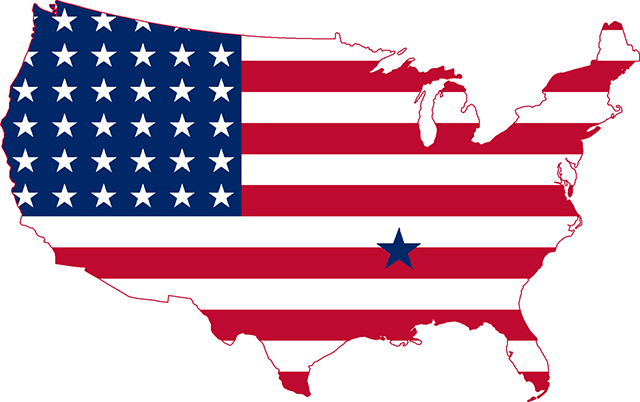QUOTES FROM “Ultraviolet Safety Assessments of Insect Light Traps”:
(1) From “the “Introduction”:
"Proper placement of ILTs correspond to spaces where people are not continuously exposed, since the strategy is to attract insects away from food (or other products) and the individuals producing them. ILTs are also most effective positioned in fly pathways—also away from people—to trap insects before they reach the most critical areas in the facility. Furthermore, the U.S. Food Code prohibits locating ILTs above processing areas. Thus, we always found ILTs placed near entrances, in entrance vestibules, at bottlenecks (next to doorways), all along flyways between dumpsters and areas needing protection, away from routinely occupied areas, i.e., where only momentary human exposure would result, such as walking through a doorway."
(2) From “Occupational UV-A exposures”
"All persons within the area of ILTs employing the UV-A fluorescent lamps may be exposed to some scattered UV-A from the lamp fixtures. However, it is not reasonably foreseeable that UV-A exposures over a long day would be directly viewed. Even if the ILTs were occasionally viewed directly, or if reflected by a mirror, the irradiance at the eyes of either a standing or sitting individuals is shown clearly to be far below the 1-mW·cm−2 irradiance—and even the overly conservative ICNIRP UV-A limit of 1 J·cm−2 at the cornea of the eye. The total irradiance at the face of anyone standing in front of an ILT would always be well below the ACGIH occupational exposure limit for lengthy viewing (t > 1,000 s) of 1 mW·cm−2 at distances greater than 50 cm. In point of fact, most of the energy absorbed in the crystalline lens of a normal eye is re-emitted as harmless, longer-wavelength fluorescence.”
(3) From”Conclusions"
"ILTs serve a very important health benefit and some insects respond best to wavelengths less than 350 nm. The potential optical hazards are virtually non-existent. By any reasonable estimate of worst-case exposure conditions, users would never be exposed in excess of the currently recommended exposure limits of ACGIH or the IESNA RP27.3-2005, “Photobiological Safety of Lamps and Lamp Systems.” These UV-A exposures are considerably less than in the outdoor environment."

